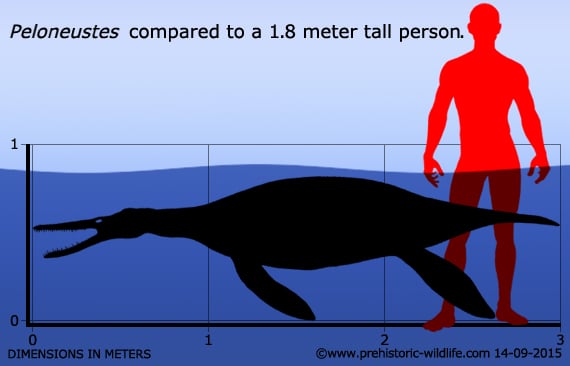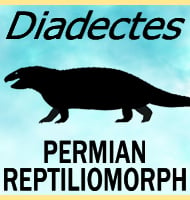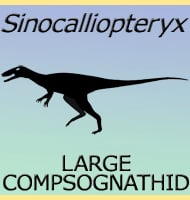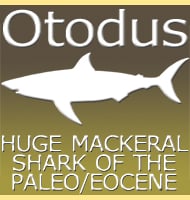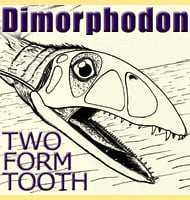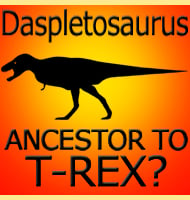In Depth
A relatively small and unassuming pliosaur, Peloneustes shows a dental specialisation where the teeth were not as sharp as other presumably piscivorous (fish eating) marine reptiles. The blunter teeth would have instead been better suited for cracking the shells of cephalopods like belemnites and ammonites so that Peloneustes could easily eat the soft bodied mollusc within. Although long associated with English fossil deposits, Peloneustes likely had a broader range since it was capable of traveling across the open ocean.
Further Reading
– On the remains and affinities of five genera of Mesozoic reptiles. – Quarterly Journal of the Geological Society of London 45:41-59. – R. Lydekker – 1889. – Notes sur le Peloneustes philarchus Seeley du mus�e pal�ontologique de Lausanne. – Bulletin de la Soci�t� Vaudoise des Sciences Naturelles. 43 (160): 395–398. – F. Jaccard – 1907. – The cranial anatomy and taxonomy of Peloneustes philarchus (Sauropterygia, Pliosauridae) from the Peterborough member (Callovian, Middle Jurassic) of the United Kingdom. – Palaeontology. 54 (3): 639–665. – H. F. Ketchum & R. B. J. Benson – 2011.
